'Avoid the "soap opera" effect' – 4 tweaks you should make to your TV settings to improve your watching experience
Don’t just start watching: calibrate your TV for optimal performance


When you buy a brand new TV, the temptation is to set it up as quickly as possible and put on a movie to really show it off. That’s a mistake.
Most TVs will look reasonable out of the box, but it pays to take 15 minutes to ensure it looks its very best in your space, especially if you're investing in the best TV brands. You’ll want to do it right away — spend too long with your set, and the default settings will begin to look natural, meaning that any attempts to recalibrate will look alien, even if they’re objectively better.
Here are the things you should change right away to get the most out of your new set.
1. Fix your color accuracy
For some reason, TV manufacturers seem to think viewers want the most bright and vibrant images on their screens, even if it’s not terribly color accurate. That means you’re not seeing the content the way the creator intended.
Now, you can spend time trying to get the exact color temperature for your living room TV by fiddling with the settings and editing everything manually. But the good news is that for most people, this simply won’t be necessary.
Most TVs come with a number of presets that are naturally more accurate without you needing to get lost in the weeds. Look out for settings with names like “cinema” or “movie” as these tend to be as natural as the TV can be out of the box.
2. Turn off motion smoothing
Motion smoothing is one of those features that sounds good in principle, but actually can leave your shows looking artificial and off somehow. In short, with the setting enabled, the TV will generate extra frames to fill in the gaps between the ones that are provided by the content.
But TVs typically go too far, and most sets, whether a Samsung or LG TV or anything in between, just make things look too smooth — especially if you’re watching a movie shot at 24fps. The artificial frames thrown in leads to something called the “soap opera effect” because of how fake it feels, and you’ll want to turn it off — or at least try your TV without to see what you think.
It can be tricky to find, as different manufacturers call it different things. Look out for TruMotion (on LG TVs), Auto Motion Plus (on Samsung TVs) and Motionflow (on Sony TVs), or Google your specific model if you can’t find it.
While motion smoothing looks bad in most places, the one exception is sports content, because of the fast-paced nature of player and ball movements. You may want to turn this back on for the big game, or temporarily switch to a dedicated sports preset if you have one.
3. Turn down sharpness
Like disabling motion smoothing, this is one that sounds counterintuitive on paper. Isn’t having a sharper image a good thing?
Well yes, but confusingly that’s not really what the sharpness setting does. Actual sharpness is down to resolution — both of the screen and the content — and contrast. Instead, the sharpness setting simply accentuates the edges of images, which can create an off-putting, noisy halo effect around objects and people.
A little goes a long way, and while you may not want to turn it off completely, reducing sharpness to between 5 and 10% is usually about right. Test it out and find the sweet spot yourself.
4. Consider disabling power-saving modes
This won’t be for everyone, especially with energy bills being as high as they are. Power-saving settings are generally a good thing, but by their very nature, they do limit your TV’s brightness. For OLED panels — which already aren’t the brightest — you may decide that a little extra expenditure is worth it.
While different manufacturers have different names for it, none are too tricky to figure out, usually containing the words “power” and/or “energy”. Some manufacturers such as Samsung have a series of customizable options, while others just have a single setting to toggle. Either way, dig in and see if tinkering makes enough of a difference to justify the higher power consumption.
What else can I do to improve my TV's performance/
The main thing that makes smart TVs smart is the huge selection of streaming apps that come pre-installed, or available via an on-set app store.
But the built-in solutions aren't always brilliant, and if the menus are hard to navigate, the apps are poorly optimized or your favorite one simply isn’t available, it may be time to consider one of the best streaming devices to improve performance, picture quality of ease of use.
I personally switched from the LG default to Apple TV 4K, and haven’t looked back since.
Be The First To Know
The Livingetc newsletters are your inside source for what’s shaping interiors now - and what’s next. Discover trend forecasts, smart style ideas, and curated shopping inspiration that brings design to life. Subscribe today and stay ahead of the curve.

Freelance contributor Alan has been writing about tech for over a decade, covering phones, drones and everything in between. Previously Deputy Editor of tech site Alphr, his words are found all over the web and in the occasional magazine too. He often writes for T3 and Tom's Guide. When not weighing up the pros and cons of the latest smartwatch, you'll probably find him tackling his ever-growing games backlog. Or, more likely, playing Spelunky for the millionth time.
-
 Turns Out the Coolest New Café is Actually In Your Kitchen — Here's How to Steal the Style of TikTok's Latest Trend
Turns Out the Coolest New Café is Actually In Your Kitchen — Here's How to Steal the Style of TikTok's Latest TrendGoodbye, over-priced lattes. Hello, home-brewed coffee with friends. TikTok's 'Home Cafe' trend brings stylish cafe culture into the comfort of your own home
By Devin Toolen Published
-
 5 Bathroom Layouts That Look Dated in 2025 — Plus the Alternatives Designers Use Instead for a More Contemporary Space
5 Bathroom Layouts That Look Dated in 2025 — Plus the Alternatives Designers Use Instead for a More Contemporary SpaceFor a bathroom that feels in line with the times, avoid these layouts and be more intentional with the placement and positioning of your features and fixtures
By Lilith Hudson Published
-
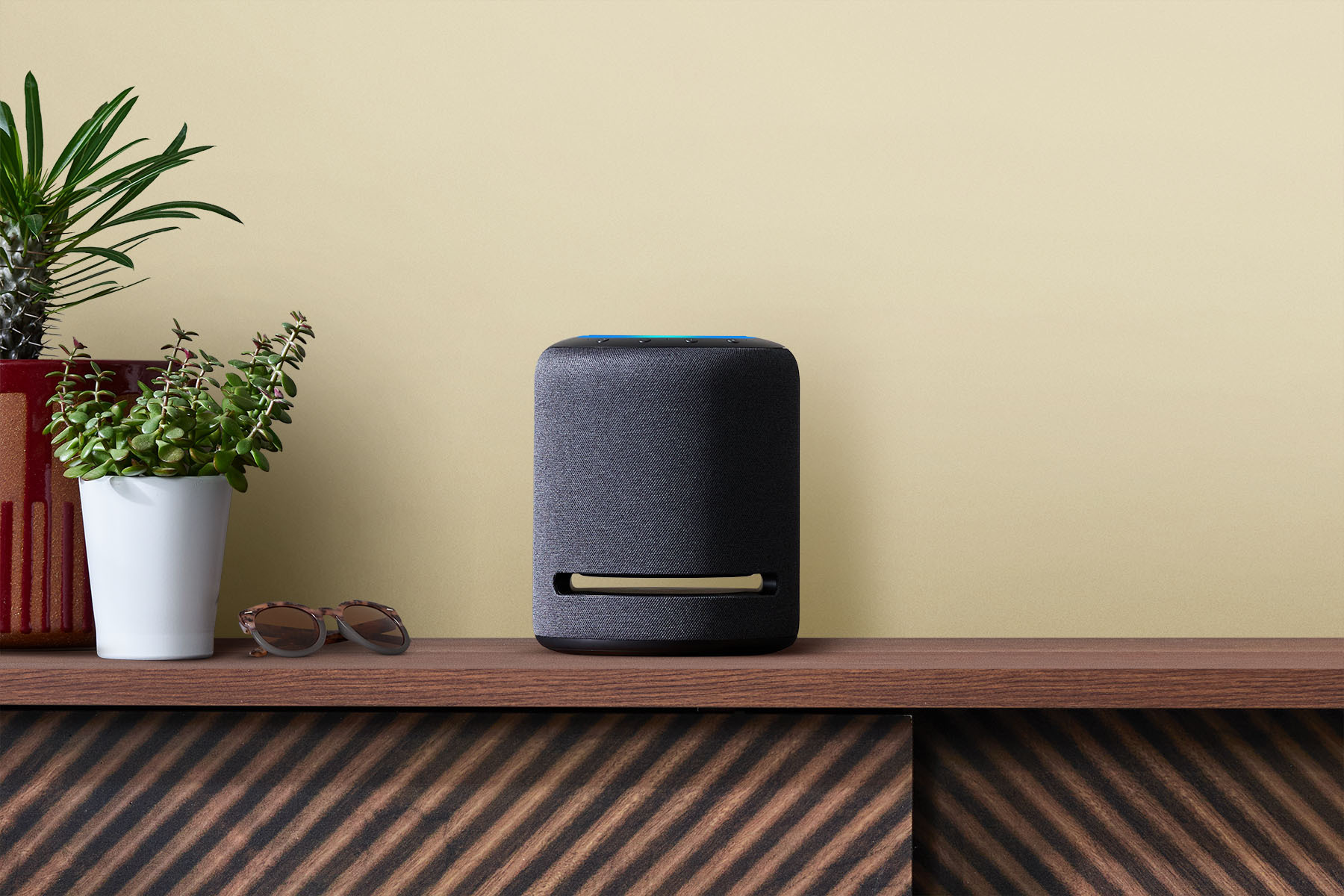 Here are All the Ways Your Alexa Device Can Help With Your Houseplant Care
Here are All the Ways Your Alexa Device Can Help With Your Houseplant CareThanks to some clever new features, your Alexa smart speaker can now offer a bespoke botany service to keep your indoor garden looking its best
By Lilith Hudson Last updated
-
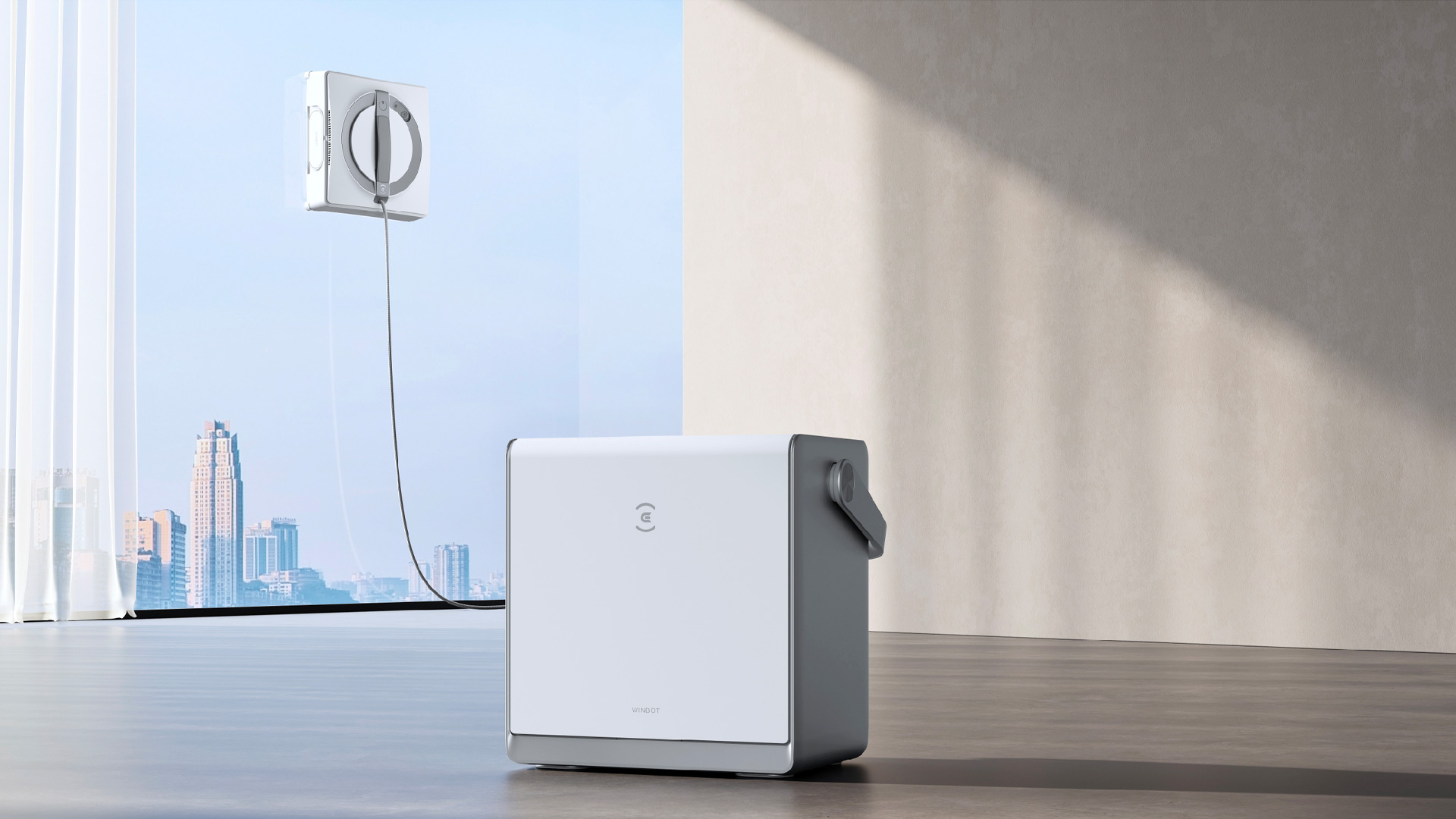 "Window Cleaning Robots" Are Now More Affordable, but Are They Worth It? Our Tech Expert's Verdict
"Window Cleaning Robots" Are Now More Affordable, but Are They Worth It? Our Tech Expert's VerdictYes, robots can semi-automate one of the most tedious household chores around, but there are drawbacks.
By Alan Martin Published
-
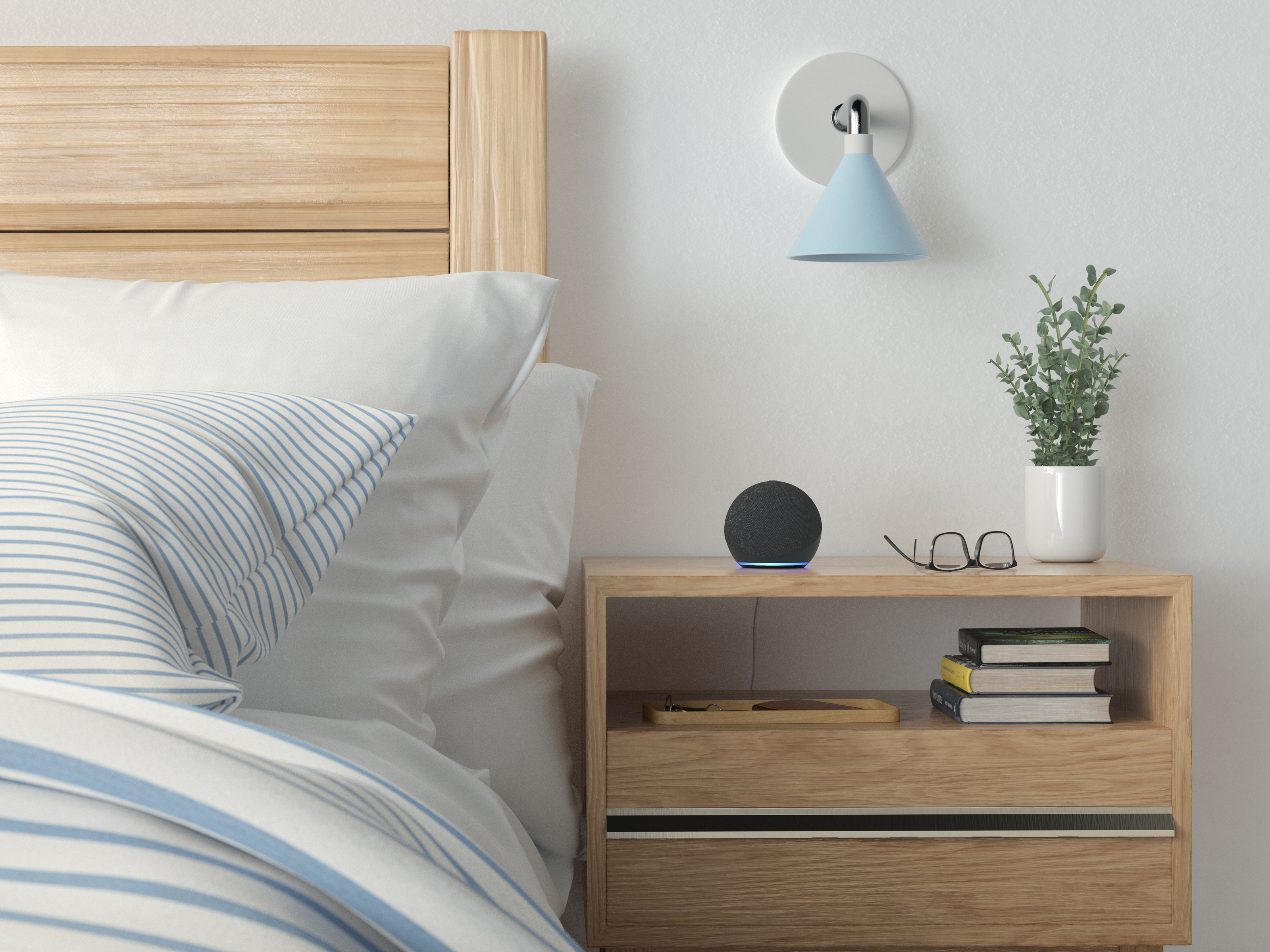 5 Clever Ways you can use Your Amazon Alexa Devices to Help you Sleep Better — 'They Revolutionize Your Night Time Routine!'
5 Clever Ways you can use Your Amazon Alexa Devices to Help you Sleep Better — 'They Revolutionize Your Night Time Routine!'If you don't have an Amazon Echo device in your bedroom yet, you'll definitely want to after learning about these genius functions
By Lilith Hudson Published
-
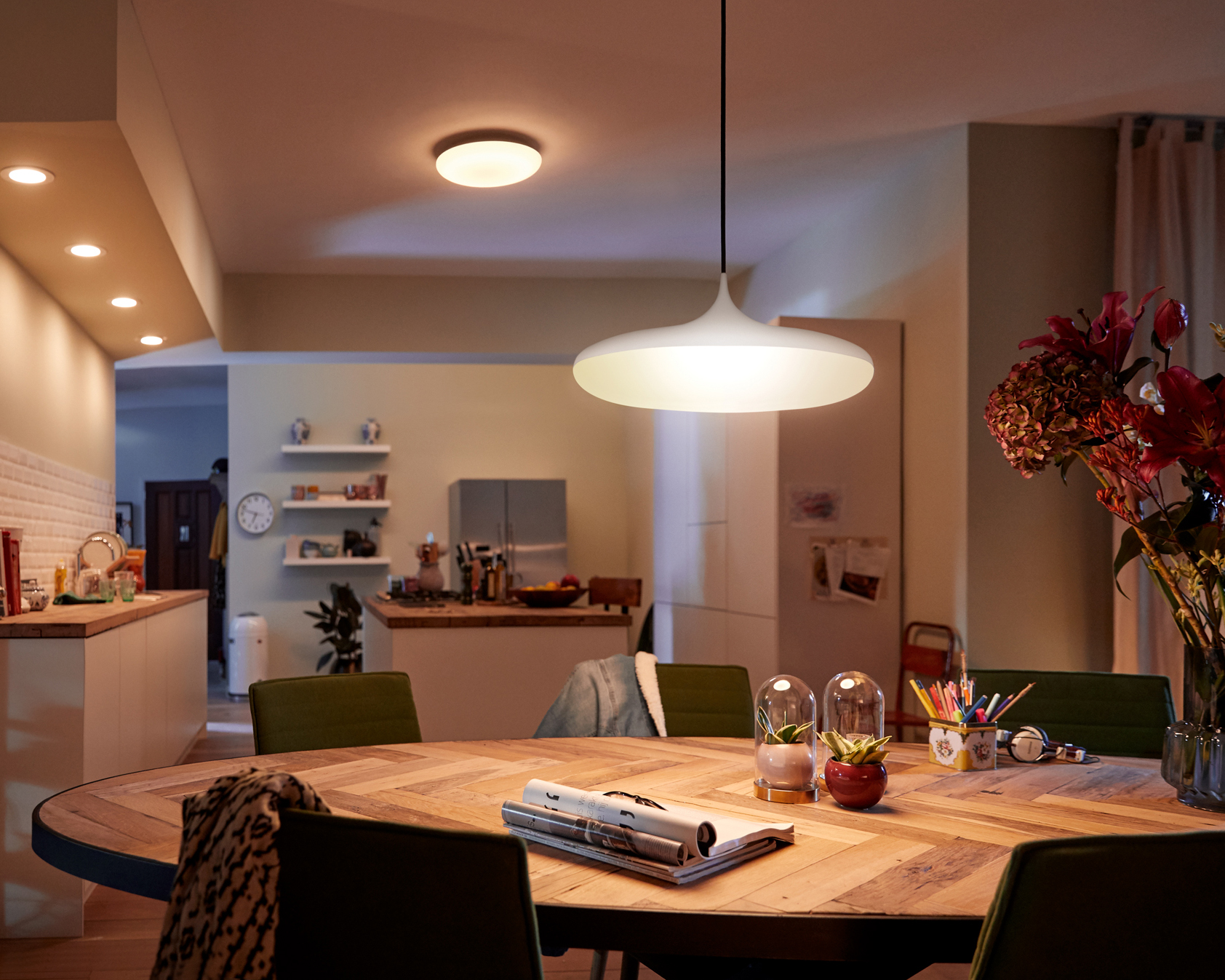 6 Resolutions to Make Your Smart Home Better in 2024 — This is How to Get More From Your Tech
6 Resolutions to Make Your Smart Home Better in 2024 — This is How to Get More From Your TechMake your smart home work better for you in the new year with these tips to get things firing on all cylinders
By Alan Martin Published
-
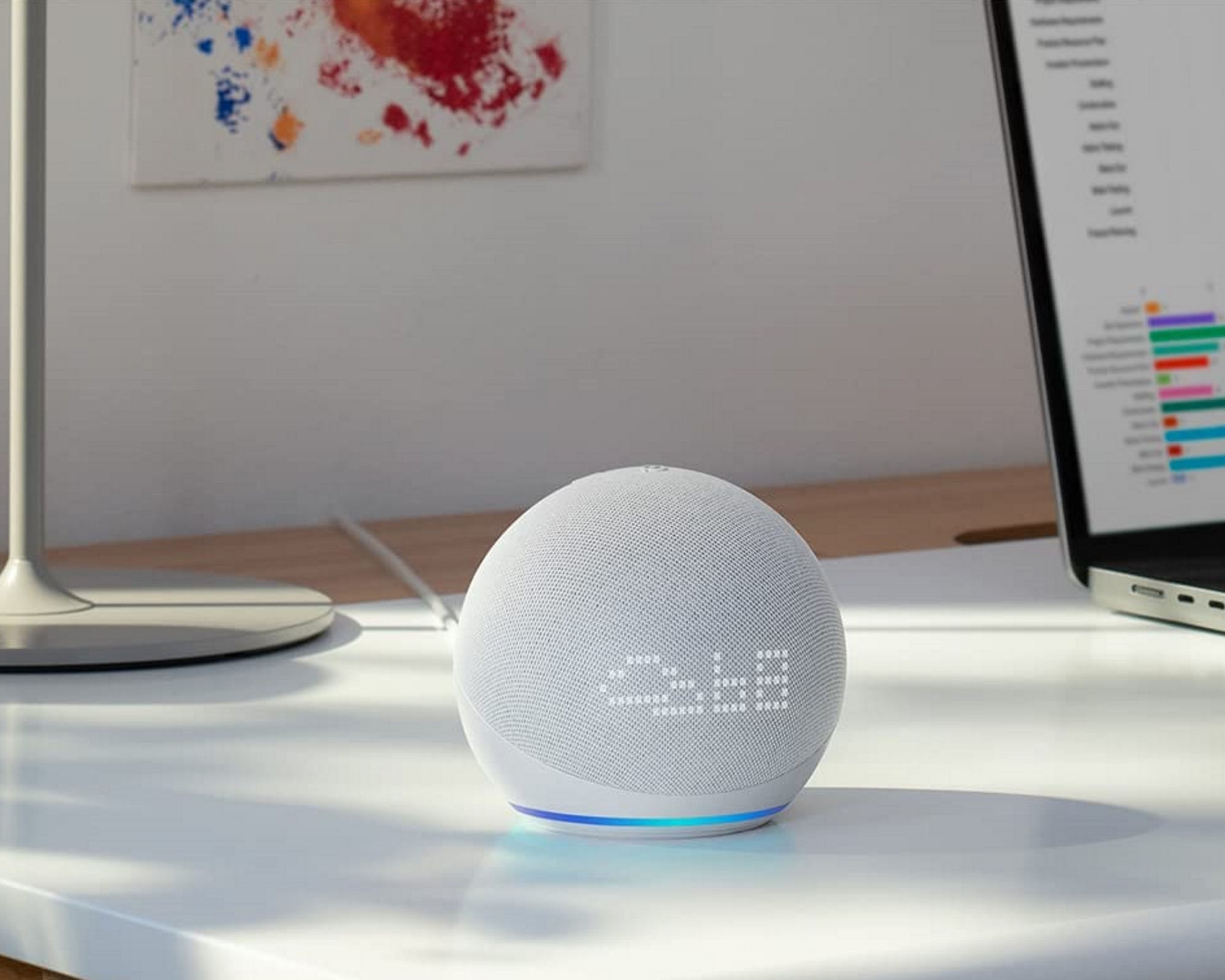 How to Stop Alexa Suggestions - It's so Easy to Turn Off Unwanted Advice From Your Smart Speaker
How to Stop Alexa Suggestions - It's so Easy to Turn Off Unwanted Advice From Your Smart SpeakerCut down on your Amazon Echo’s follow-up spam with this foolproof method.
By Alan Martin Published
-
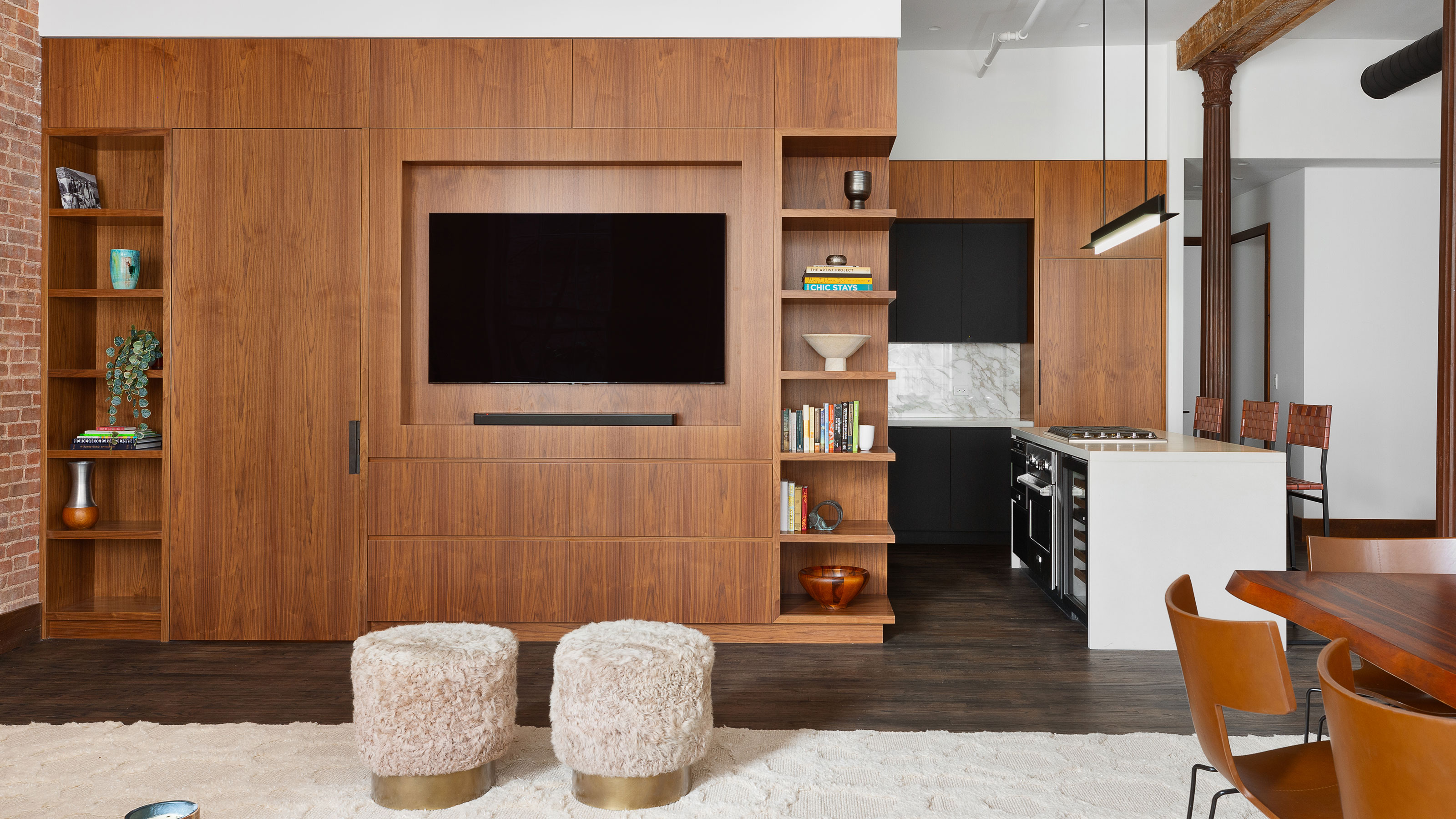 I lost my TV remote – how can I control my TV now?
I lost my TV remote – how can I control my TV now?There are plenty of options for people whose TV remotes have been lost or simply stopped working
By Alan Martin Published
-
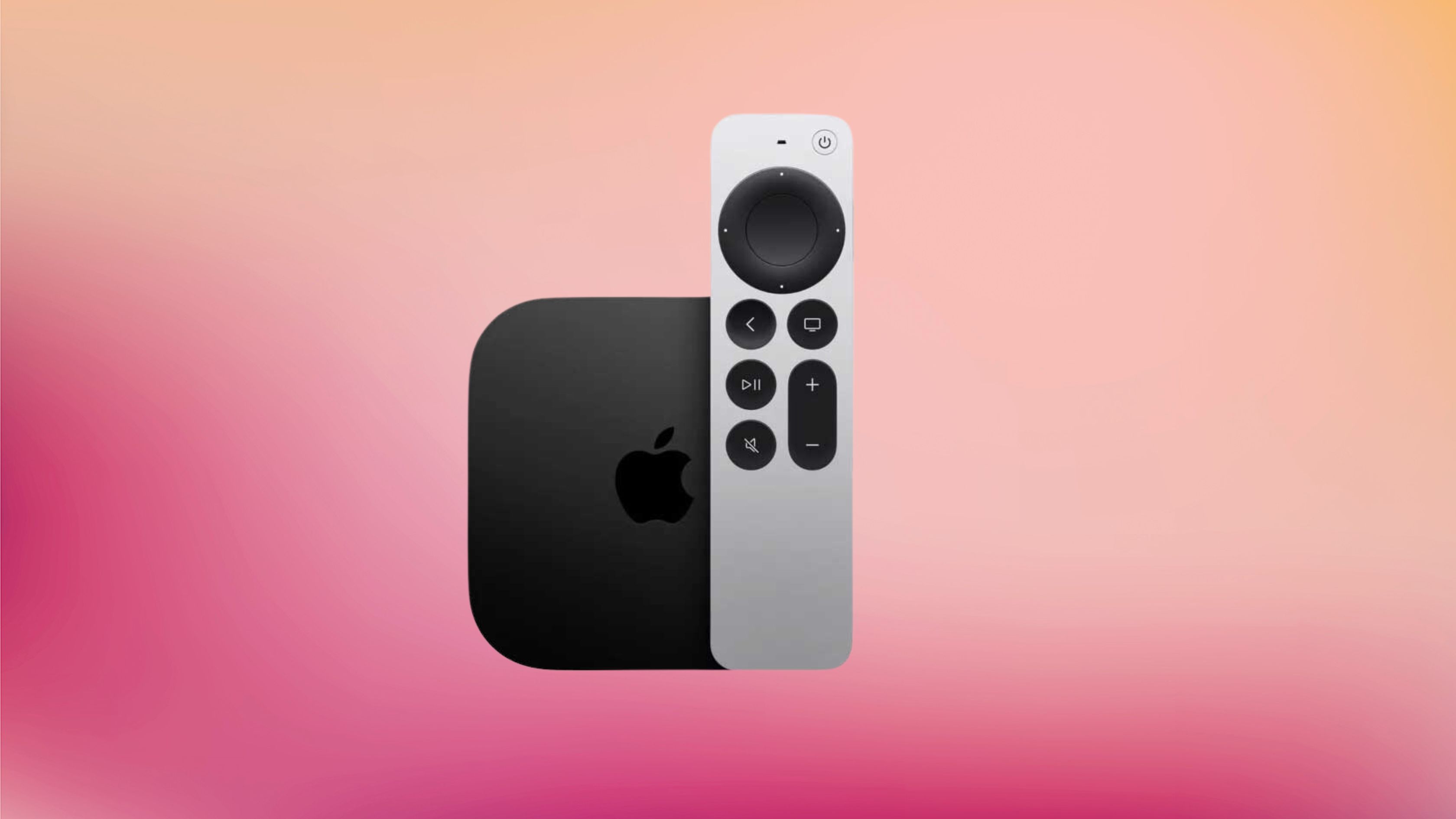 How to add Apple TV as a HomeKit home hub - and why it's a good idea for your smart home
How to add Apple TV as a HomeKit home hub - and why it's a good idea for your smart homeYour Apple TV box can be the center of your smart home. Here’s how to set it up as your HomeKit home hub
By Alan Martin Published
-
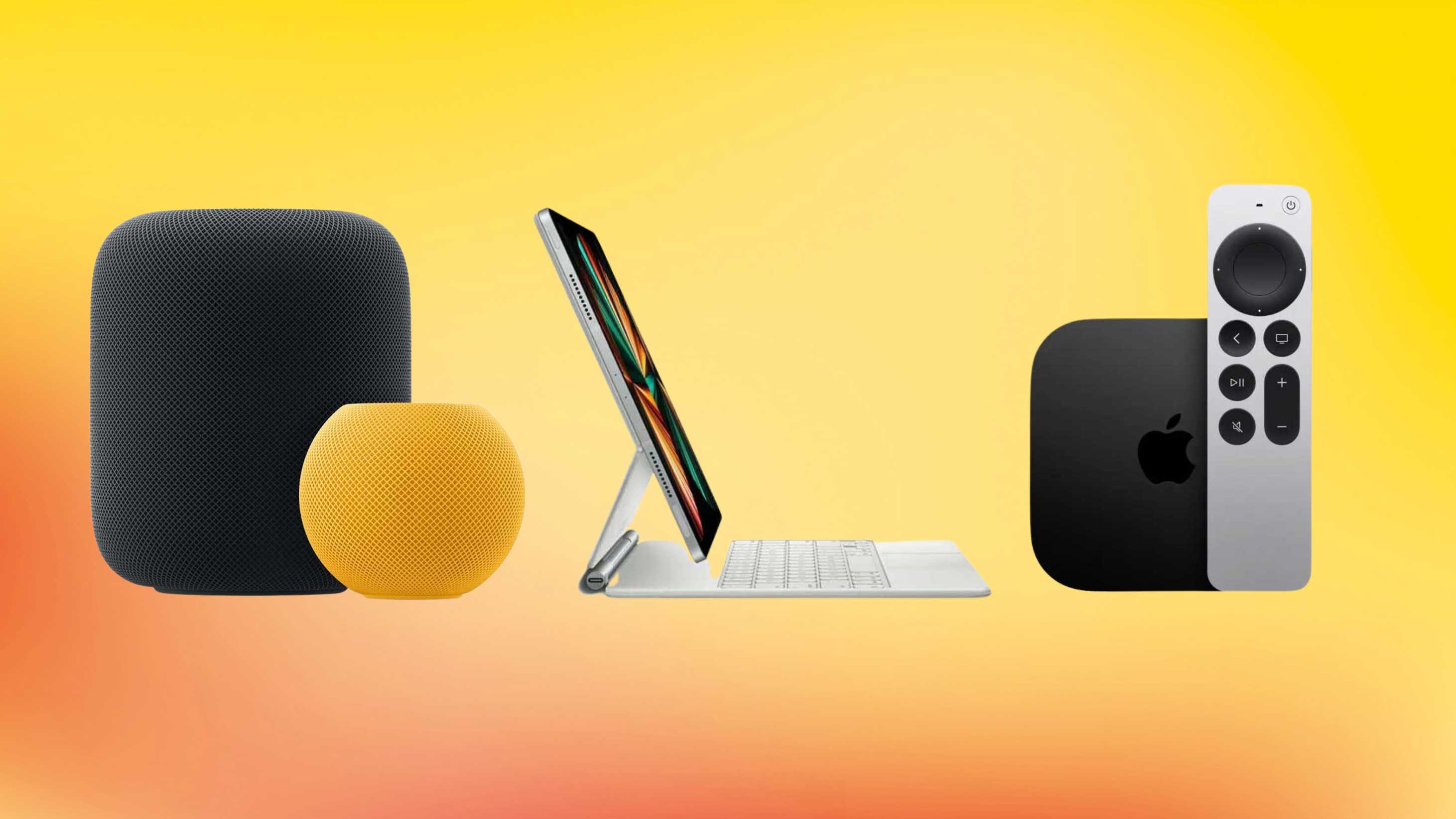 What are the options for an Apple HomeKit home hub? An expert's verdict on which is best
What are the options for an Apple HomeKit home hub? An expert's verdict on which is bestIf you want to set up an Apple HomeKit home hub, you have three options — but one has a big drawback
By Alan Martin Published